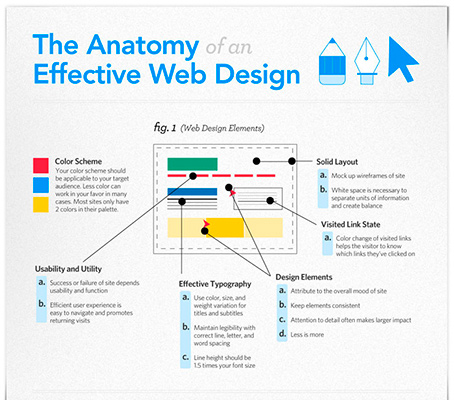The Evolution Of Website Layout: From Past To Existing
The Evolution Of Website Layout: From Past To Existing
Blog Article
Write-Up By-Lamb Harding
In the past, websites were straightforward and concentrated on info. https://emilianoqkeyw.bloggerswise.com/36588126/unlock-the-keys-of-social-network-advertising-and-marketing-proven-methods-for-success was straight, and style was for desktops. Now, individual experience is crucial. Information guides layouts for simple navigating. Receptive formats match different gadgets. Today, dark mode lowers pressure, and minimalist food selections boost navigating. Interactive features involve customers, and vibrant visuals stick out. AI assimilation increases involvement. See just how design has actually developed to enhance your on the internet journey.
Early Days of Web Design
In the early days of web design, simplicity reigned supreme. Web sites were basic, with limited colors, font styles, and layouts. The emphasis was on giving information instead of showy visuals. Customers accessed the net via slow dial-up links, so speed and capability were essential.
Navigating menus were straightforward, commonly situated on top or side of the page. Sites were developed for desktop computers, as mobile surfing had not been yet common. Material was king, and developers focused on easy readability over complex design elements.
search page optimization was the main coding language used, and developers had to work within its restrictions. Animations and interactive attributes were marginal compared to today's requirements. Websites were static, with little vibrant content or tailored user experiences.
Rise of User-Focused Style
With the advancement of website style, a shift in the direction of user-focused layout principles has come to be significantly famous. Today, creating sites that focus on customer experience is crucial for involving site visitors and achieving organization objectives. User-focused design involves comprehending the demands, preferences, and behaviors of your target market to tailor the site's format, material, and includes as necessary.
Developers now perform complete study, such as customer studies and use testing, to gather insights and comments straight from users. This data-driven approach aids in creating user-friendly navigation, clear calls-to-action, and aesthetically enticing interfaces that reverberate with visitors. By positioning the user at the center of the layout process, sites can supply a more personalized and satisfying experience.
Responsive design has actually likewise emerged as a vital element of user-focused design, ensuring that sites are optimized for numerous tools and screen dimensions. This flexibility enhances ease of access and use, satisfying the varied methods individuals engage with web sites today. Basically, the increase of user-focused style symbolizes a shift towards creating digital experiences that prioritize the needs and assumptions of the end customer.
Modern Trends in Web Design
Discover the most up to date patterns shaping web design today. One famous trend is dark mode style, supplying a sleek and modern-day look while minimizing eye stress in low-light settings. An additional vital trend is minimal navigation, streamlining food selections and boosting customer experience by concentrating on essential elements. Including micro-interactions, such as computer animated buttons or scrolling effects, can develop a more interesting and interactive internet site. Receptive layout continues to be vital, making sure seamless customer experiences throughout various tools. Additionally, utilizing strong typography and unbalanced formats can add visual interest and accentuate specific material.
Incorporating AI innovation, like chatbots for client assistance or personalized referrals, enhances user involvement and streamlines procedures. Availability has likewise become a substantial fad, with developers prioritizing inclusive style methods to deal with varied customer needs. Welcoming sustainability by maximizing website efficiency for speed and efficiency is another emerging fad in website design. Working together with individual responses and data analytics to iterate and boost style constantly is important for staying pertinent in the ever-evolving digital landscape. By embracing these modern-day trends, you can produce an aesthetically enticing, easy to use website that reverberates with your target market.
Verdict
As you review the evolution of site design from the early days to currently, you can see how user-focused style has become the driving force behind modern-day trends.
Embrace the journey of modification and adaptation in website design, constantly maintaining the user experience at the center.
Keep present with the most up to date trends and innovations, and never quit progressing your method to create aesthetically sensational and user-friendly websites.
Develop, adapt, and create - the future of web design is in your hands.
